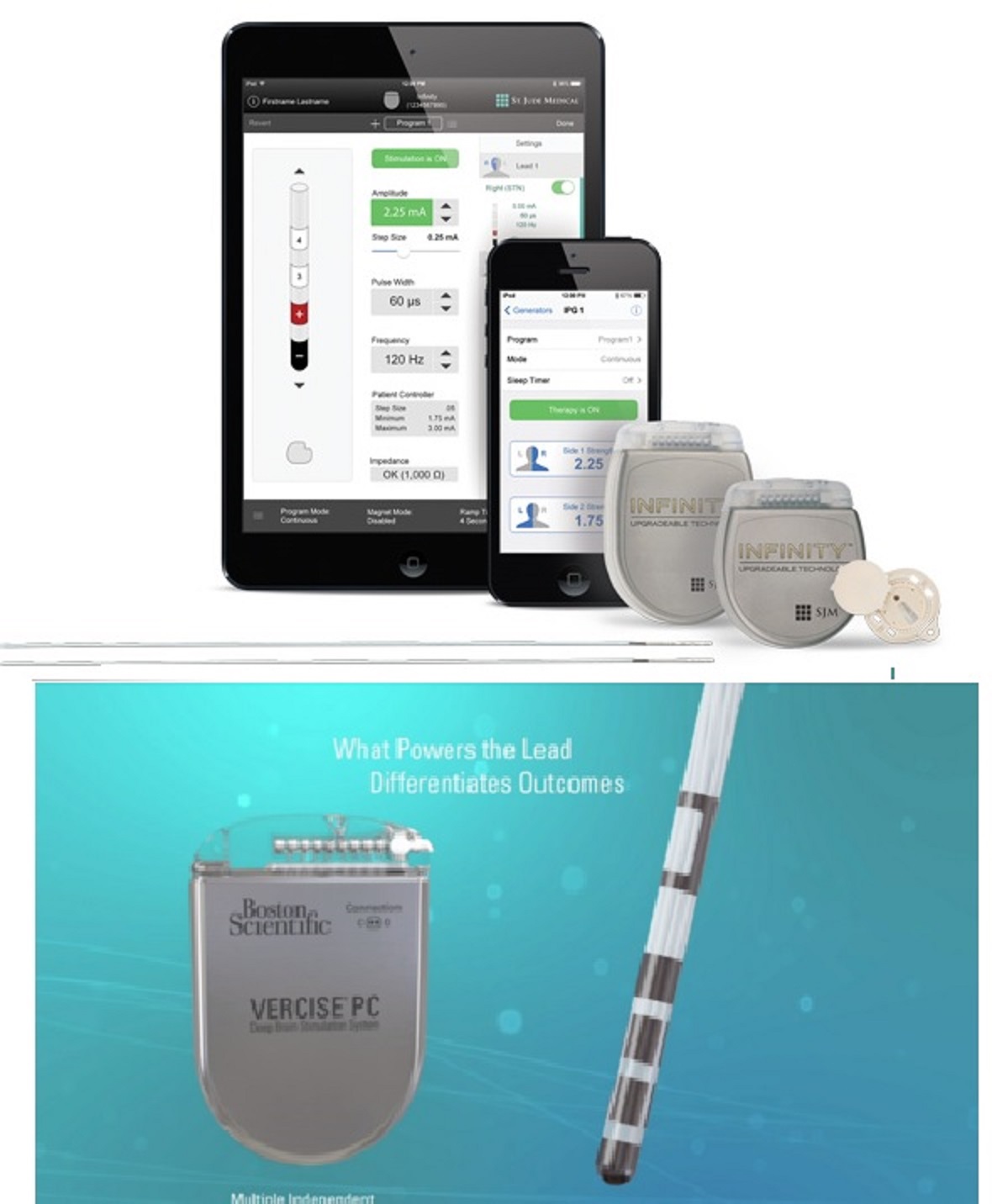The University of Minnesota has incredible resources to assist your team in de-risking new products and product improvement concepts. Labs at the University of Minnesota have animal models for neuromodulation-related diseases, our Academic Health Center has expertise at regulatory standards as well as laboratory services. The broader UMN facilities offer extensive imaging and testing options. And the broader UMN startup and technology ecosystem offers collaboration, knowledgeable expertise and a business climate that sparks medical innovations.
Academic Health Center
The Academic Health Center provides services, equipment, and facilities to researchers within the University as well as external groups.
Types of Services:
- Regulatory Support
- Facilities and Equipment
- Laboratory Services
- Study Planning and Implementation
- Animal Resources
Contact Dwight Nelson for more information
Clinical Investigative Center
The Clinical Investigative Center develops and facilitates veterinary clinical trials, animal disease models, and translational research studies which allow you to test new drugs, devices, procedures and treatments. These models encompass a variety of neuromotor, neurodegenerative, psychiatric, and other neuromodulation-related diseases, including Parkinson's and Alzheimer's.
Contact Dwight Nelson for more information.
Anatomy Bequest Program
The Anatomy Bequest Program within the University Medical School receives whole body donations for medical education and research purposes, which can be accessed for your therapy's development and validation.
Contact Greg Peterson for more information.
Center for Magnetic Resonance Research
The Center for Magnetic Resonance Research is a state of the art imaging facility with world-class MRI scanners in the 3-10 Tesla range, as well as experts in imaging physics, engineering, and signal processing.
Contact Greg Peterson for more information.
Further Resources:
Check our Resources page to learn about more resources that may be helpful at the preclinical and de-risking phase.
